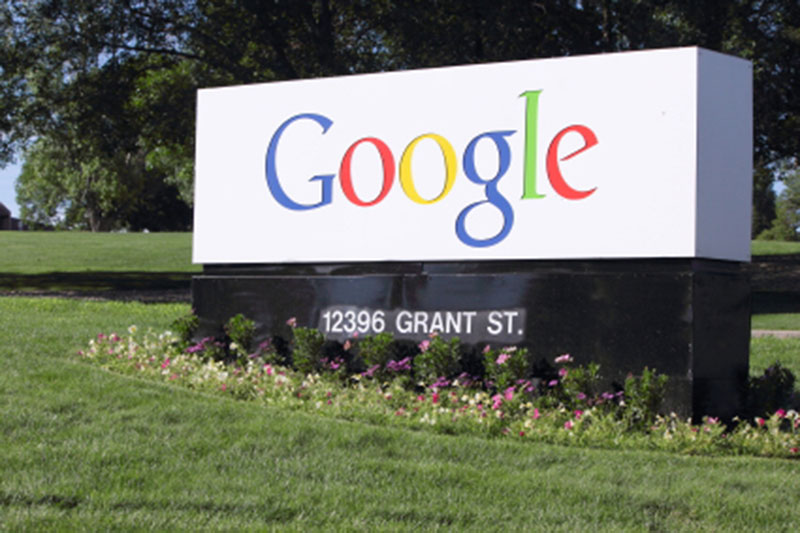US stock futures inch lower after Wall St marks fresh records on tech gains
Investing.com -- The European Central Bank doesn’t currently need to lower borrowing costs any further to maintain price stability, according to Governing Council member Christodoulos Patsalides, who said the institution is in a comfortable position with inflation near its target, Bloomberg reported on Friday.
With risks to the outlook seen as balanced and projections for 2027 showing headline inflation only marginally below 2%, the Cypriot central bank chief suggested the next move in rates could even be upward.
Patsalides said in an interview in Frankfurt that the present interest rates are appropriate if inflation develops as projected, and unless there’s any other significant development, there’s no need to take action soon, the report said.
His comments follow the ECB’s decision to keep its deposit rate unchanged at 2% for a second consecutive meeting, after President Christine Lagarde said inflation is “where we want it to be.”
Markets and analysts no longer anticipate policymakers adding to the eight rate cuts implemented since June 2024.
“Risks are balanced, so this means interest rates could go either way next,” Patsalides said, while stressing that all options remain open. “I wouldn’t like to exclude a rise in interest rates if the need arises.”
Among the uncertainties hanging over the 20-nation bloc is US trade policy under Donald Trump. Although a deal is in place, the president has warned of possible new measures following the European Union’s decision to impose an antitrust fine on Alphabet Inc.’s Google.
Such tensions, Patsalides noted, could push inflation either higher or lower, depending on whether demand is dampened by weaker sentiment or prices are lifted by supply disruptions, the report added.
His stance marks a shift from Lagarde’s more cautious tone when presenting the ECB’s latest quarterly forecasts, which project consumer prices rising 1.7% next year and slightly below earlier expectations for 2027.
Patsalides emphasized that a temporary dip below the 2% target in 2026 is expected to correct, with inflation returning to 1.9% the following year.
The difference between the June outlook of 2% in 2027 and the current 1.9% is “more or less the same,” he said, attributing the adjustment to technical factors such as exchange-rate assumptions rather than a fundamental shift.
“Economics is not an exact science,” he added. In such a context, Patsalides argued, “it’s sensible to keep powder dry,” the report said.
